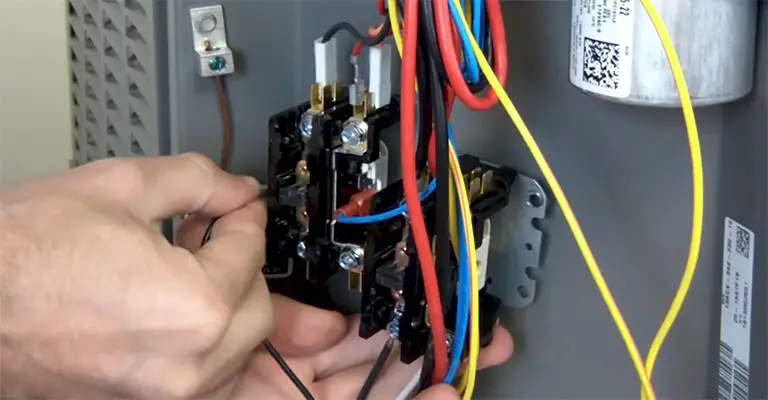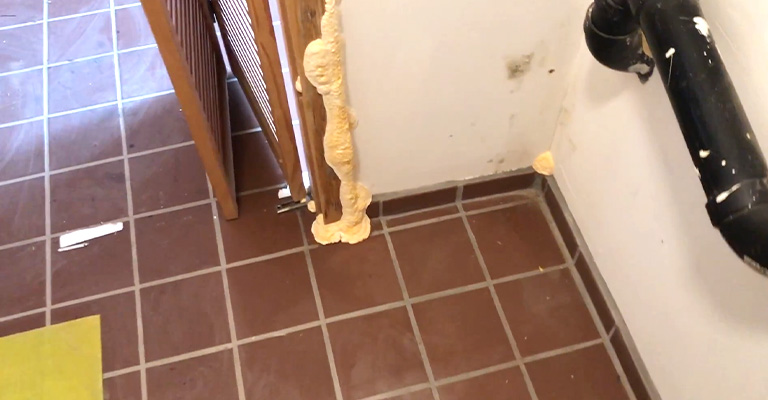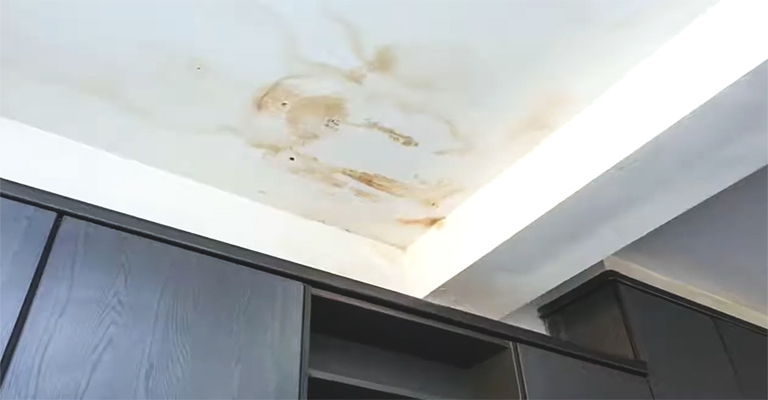How to Install Prehung Door in Your Home

For every homeowner aiming to spruce up their abode or perform routine repairs, installing a prehung door might be a task on the to-do list. Prehung doors are a popular choice due to their convenience, and learning to install them yourself can be a rewarding experience. This article will walk you through the step-by-step process of installing a prehung door, making it an easy and enjoyable task for even a novice DIY enthusiast.
Understand What a Prehung Door Is
A prehung door comes with everything you need for installation – the door itself, hinges, and frame or “jamb.” It’s an all-in-one solution for replacing an old door or installing a new one in a renovated space. They’re widely available and come in a variety of styles to fit any home decor.
Tools and Materials You’ll Need
To install a prehung door, you’ll need some basic tools: a level, tape measure, hammer, shims, nails, screwdriver, utility knife, and possibly a circular saw. Make sure you have these on hand before you start your project to ensure a smooth process.
Preparing for Installation
Before you start installing your prehung door, make sure the rough opening in your wall is correctly sized. The opening should be about 1/2″ wider and 1/4″ taller than the prehung unit, including the jamb. Use a tape measure to ensure that the opening’s dimensions are correct.
Steps on How to Install a Prehung Door
1. Position the Door
Carefully place the prehung door unit into the opening. Ensure the door swings in the desired direction and that the door jamb is flush with the wall. Use a level to check that the door unit is both plumb and level.
2. Secure the Door
With the door in place, it’s time to secure it. Start by installing shims in the gap between the jamb and the rough opening. These should be placed near the top, middle, and bottom of the door on the hinge side. Once you’ve inserted the shims, check again to make sure the door is plumb. Then, using a nail or screw, secure the hinge side of the door to the frame.
3. Align and Secure the Other Side
Now, move to the opposite side of the door and insert shims near the top, middle, and bottom. Continually check the door for plumb and level as you work. When everything is aligned, secure this side of the jamb with nails or screws.
4. Trim the Shims and Insulate
Once the door is securely in place, use a utility knife to trim any protruding shims. If there are gaps between the door jamb and the wall framing, consider using minimally expanding foam insulation to fill them in. This will prevent drafts and improve the energy efficiency of your home.
5. Install the Door Trim
The final step is to install the trim or casing around the door. This will give your door a finished look and hide any gaps between the door jamb and the wall. Measure and cut your trim pieces carefully, then nail them in place.
Tips for Choosing Your Prehung Door
When selecting a prehung door, consider the thickness of your walls. Standard interior walls are typically 4.5 inches thick, which includes the drywall. Make sure the door jamb fits this standard width, or you’ll have trouble during installation.
Also, pay attention to the door’s swing direction. Doors can be left-handed or right-handed, and in-swing or out-swing, which will determine the way the door opens and closes. Always confirm this before purchasing your door.
1. Ensuring a Secure Fit
Even with careful measurements, there can still be small gaps between the door frame and the rough opening. Don’t worry; this is where shims come into play. These thin, wedge-shaped pieces of wood can be adjusted to ensure a snug fit. Always make sure you have a pack of shims on hand before starting your installation.
2. Installing the Lockset
Most prehung doors come pre-drilled for the lockset and deadbolt. However, if yours doesn’t, you’ll need to drill these holes yourself. Be sure to follow the manufacturer’s instructions to ensure you’re placing the hardware at the correct height and depth.
3. Post-Installation Checks
Once your door is installed, take the time to test it. Open and close the door several times to make sure it swings freely without sticking or binding. If the door isn’t operating smoothly, check the alignment and make any necessary adjustments.
4. Maintenance
To keep your door looking great and operating smoothly, consider applying a fresh coat of paint or varnish, if it’s wooden, to protect it from moisture and wear. Regularly check the screws on your hinges and tighten them if needed.
Conclusion
Successfully mastering prehung door installation, whether it’s a prehung exterior door or a prehung interior door, is a valuable skill for any homeowner. Ensuring your door frame square, making the hinge jamb tight, and appropriately installing the strike plate are critical to having a functional, aesthetically pleasing door. The prehung door frame and door jambs provide the ease of installation, saving you time and resources while also ensuring a precise fit into the door opening.
Remember, exterior doors may require additional care during installation due to their exposure to weather conditions. However, whether you’re dealing with exterior door installation or working on interior doors, the principle remains the same. Ensuring the latch side is aligned and maintaining the head jamb’s integrity during installation will lead to successful prehung door installation.
By meticulously following these steps and understanding the crucial elements – the prehung door jambs, the strike plate, and making the hinge jamb tight – you can transform the look of your home, enhance its security, and improve its energy efficiency. The process might appear daunting initially, but with patience and accuracy, installing a prehung door is an achievable task.







